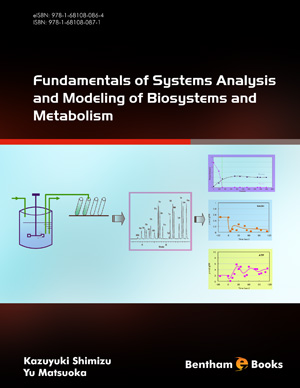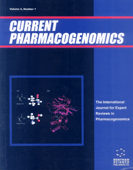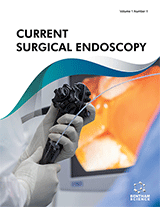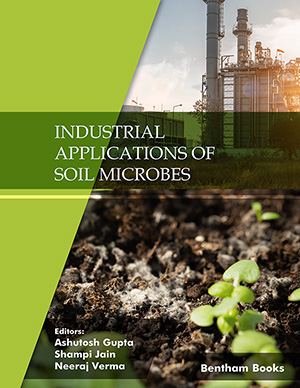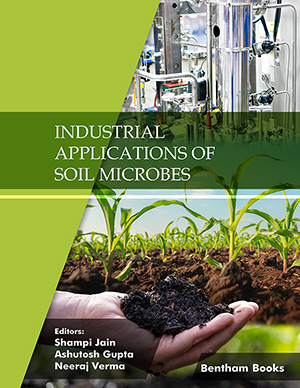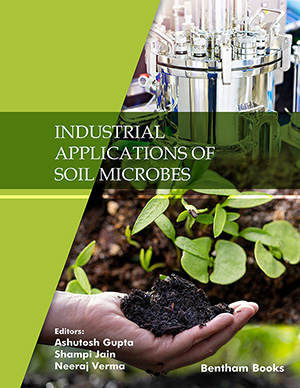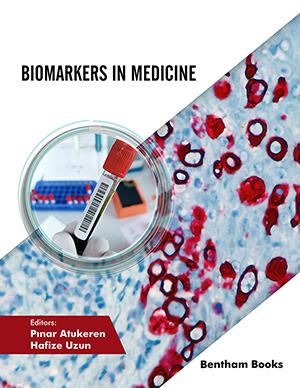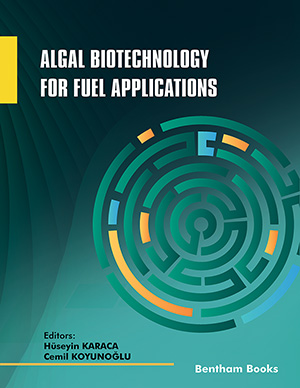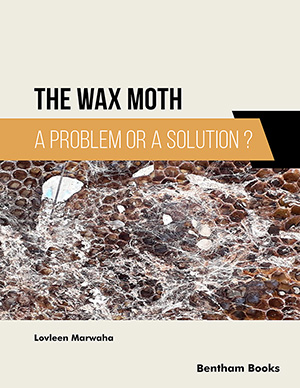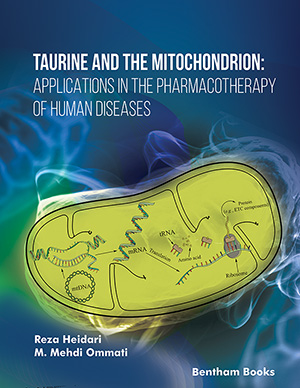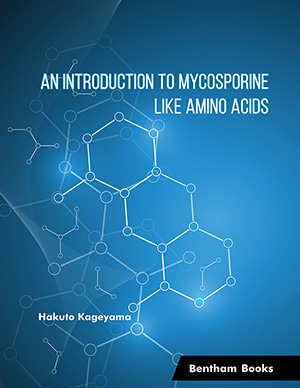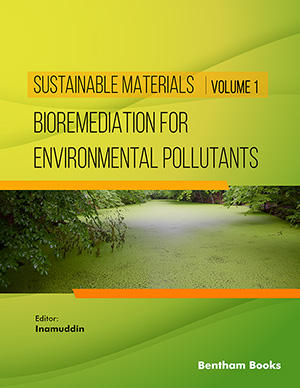Abstract
Model identification method is briefly explained. Then the sensitivity analysis is explained in relation to model parameter identification. In view of sensitivity analysis, the metabolic control analysis (MCA) is explained, followed by its application to find the limiting pathways for lysine fermentation by Corynebacterium sp. In relation to flux balance analysis (FBA) and its extension to genome-scale as mentioned in Chapter 3, the linear programming method is explained for the optimization of a single objective function under the constraint of stoichiometric equations. A basic approach for the vector-valued objective function and non-inferior Pareto optimal set is briefly explained. In relation to model parameter identification, various types of direct and gradient-based optimum seeking methods are explained. A global search method such as genetic algorithm (GA) is also explained. Moreover, the optimal operation or optimal control strategies based on the Maximum principle is explained to find the time optimal trajectories with some application to ethanol fermentation.
Keywords: Model parameter identification, sensitivity analysis, metabolic control analysis, MCA, linear programming, non-linear programming, gradient method, vector valued objective function, Pareto optimal, genetic algorithm, GA, maximum principle.


